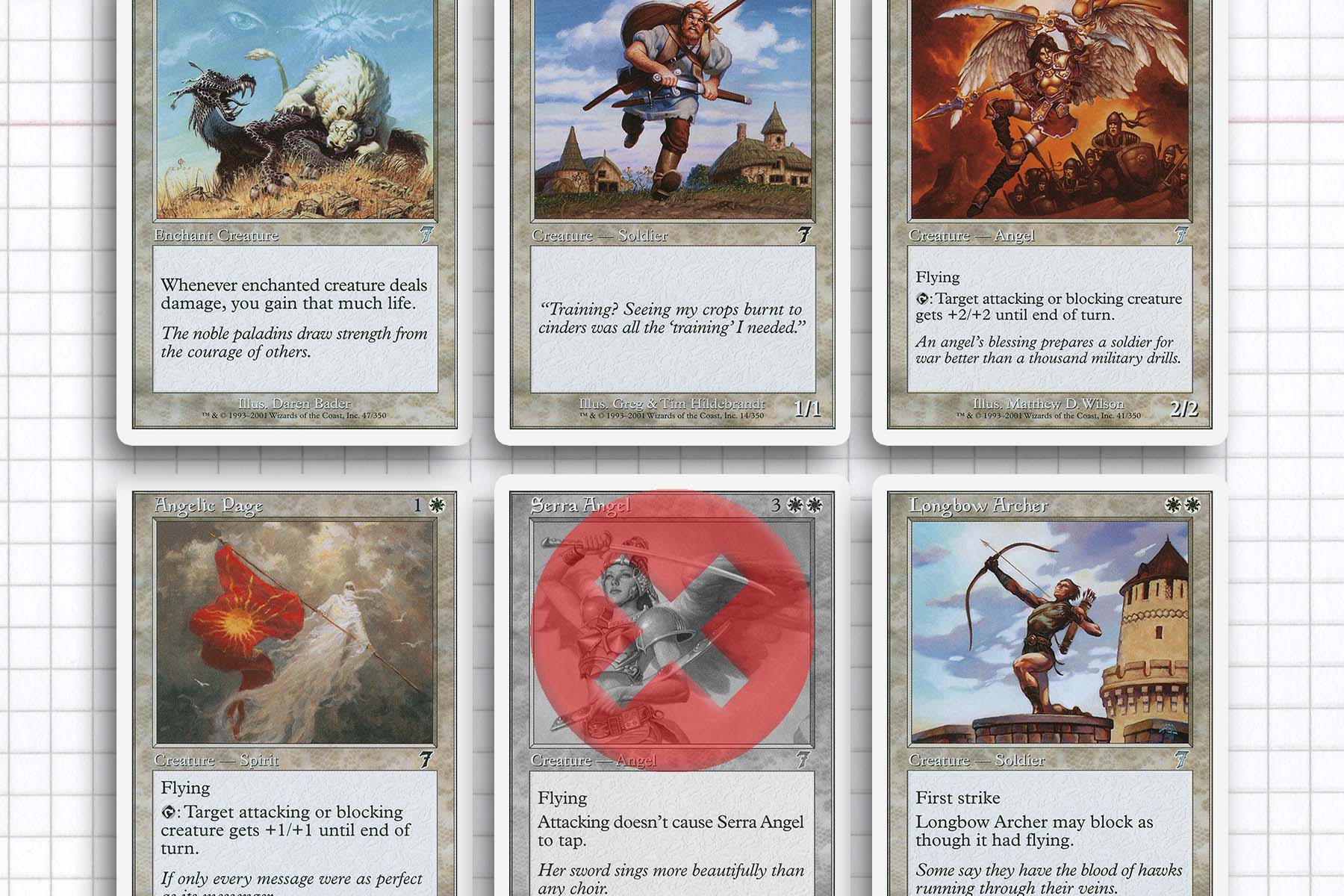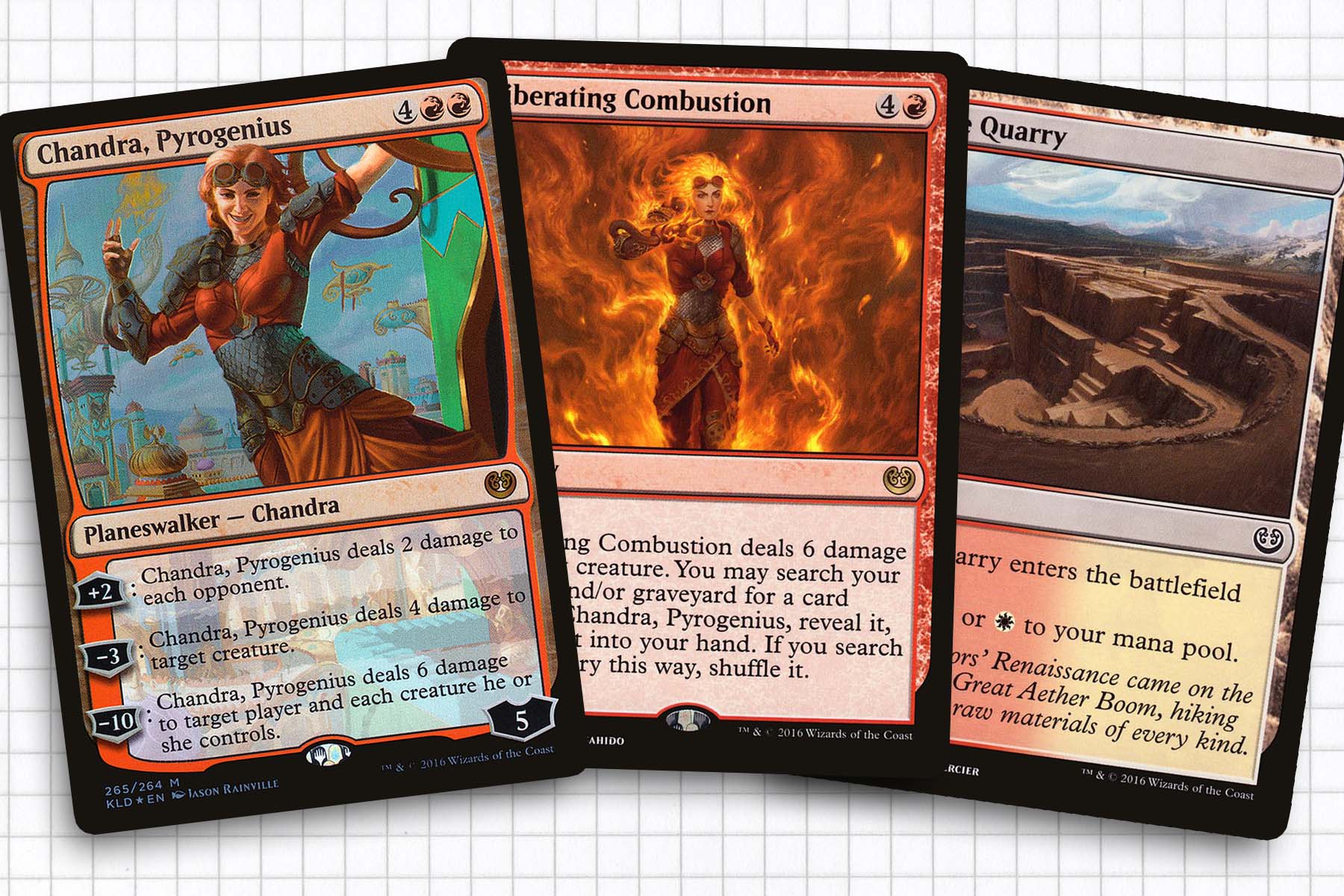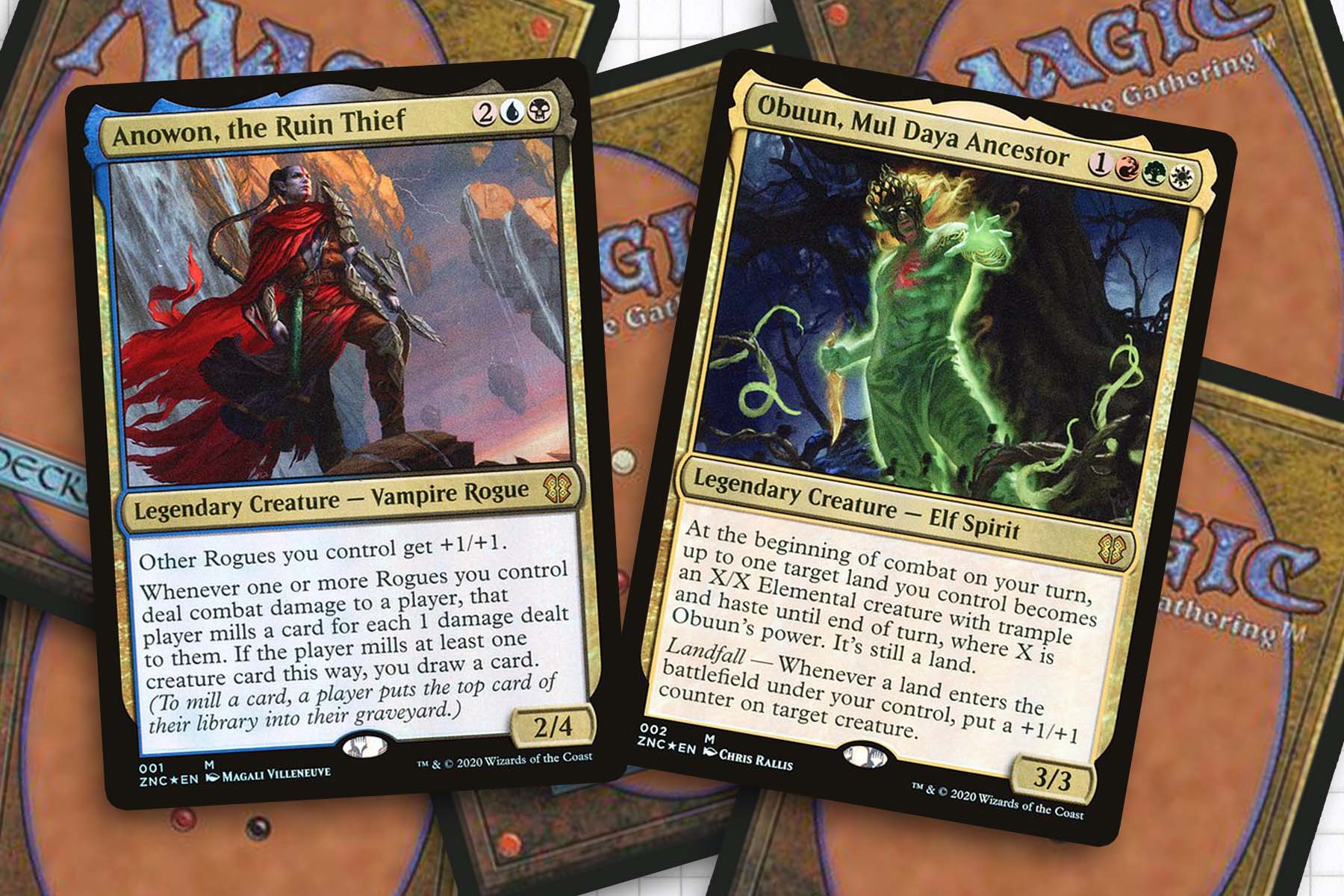This summer has marked my 20th anniversary playing Magic the Gathering. I remember very fondly, showing up to a younger cousin’s birthday party only to see my older cousin pull out the 7th Edition 2-Player Starter Set she had recently acquired. I had seen the game being played at my middle school just a few months prior; but didn’t want to interact with the game, because I was too afraid that it might negatively affect my social status. Months later, ready to move on to high school, I was ready to redefine myself. So when my cousin asked if I would like to learn how to play the game I said, “absolutely I do.”
I think it would be no surprise for me to say that that fateful day was one of the most impactful of my life. While I took one extended break from the game, I always kept my collection hidden away. Since coming back to Magic, I have never seriously considered another break. In celebration of 20 years of Magic, I will use my first set, 7th Edition, as a jumping-off point to discuss several topics over the course of September. This week, I discuss how I learned to play Magic: The Gathering and the various designs Wizards has employed for new-player products over the years.
As a father who would like to pass this game down, I have vested interest in how Magic can be introduced to new players. This is why I want to start by diving into the first deck that I ever bought and reflect on how it helped to sculpt my understanding of the game. Then, we will observe the evolution of the product line and where new player friendly products currently sit in 2022.

Lessons from a Decklist
Armada:<i> </i>7th Edition White Intro Deck
| Creatures: (16) 2 Eager Cadet 1 Angelic Page 1 Crossbow Infantry 2 Knight Errant 2 Samite Healer 2 Longbow Archer 2 Standing Troops 1 Heavy Ballista 1 Razorfoot Griffin 1 Serra Advocate 1 Master Healer Spells (9) 2 Healing Salve 1 Disenchant 1 Spirit Link 2 Pacifism 1 Glorious Anthem 2 Serra’s Embrace | Lands (15) 15 Plains |
Right off the bat, I want to admit a small personal Mandela Effect involving this deck: there is no Serra Angel. I have reminisced longingly about this deck a lot over the last 20 years, always lamenting the fact that I somehow lost the copy of Serra Angel that had come with it. Nope, I have simply never owned the 7th Edition printing of the iconic angel.
Looking at this deck with twenty years of experience with Magic, I think it would be easy to find the deck laughable and maybe unplayable by contrast. The deck has no sorcery or artifact spells and one of the rares is Master Healer. But for the purpose of teaching new players, there are a lot of subtle ways the deck helps to not only define what was core White for the time, but also teaches different layers of game play.
The concept of combat tricks would have been completely beyond me in 2002, but looking back I can see how the single copies of Angelic Page and Serra Advocate promote aggressive game play in the situations where you get off to an early start with Eager Cadet or Knight Errant. They also buff blockers and show new players that activated abilities can happen at “instant-speed.”
With this limited example of White cards, it would also be easy for a new player to intuit that it is also a defensive color. Crossbow Infantry, Heavy Ballista, Longbow Archer, and Razorfoot Griffin all grant the player a lot of autonomy to dictate the flow of combat. I will readily admit that I didn’t comprehend just how powerful first strike was while on defense. In fact, I now understand the game enough to see that Longbow Archer is a ridiculous card for two mana.
Lastly, I’d like to think that having this deck stunted my Magic prowess immensely, because I was led to believe that life gain was a solid strategy to build around. Healing Salve, Samite Healer, Spirit Link, and Master Healer all paint this picture of an ideal world where you can just gain more life than your opponent can dish out. By comparison, the red intro deck had eleven goblin creature cards, paired with Goblin Matron and Goblin King, as well as Trained Orgg. Players that started with that deck likely understood the power of repeatable damage.
These fundamentals were crucial to my love of the game and obviously shaped how I experienced it, even if I didn’t realize how much. In fact, I think the simplicity of the deck and its themes answer precisely why a card like Serra Angel wasn’t in this deck, it merely would have been too powerful or better yet, drawn the attention of enfranchised players the intro decks were not designed for.

Shifting the Paradigm
Going forward, while I had plenty of level up moments, I became disconnected from the new-player precons, because they were not designed for me. But curiosity made me wonder how new players were getting brought in through these products. While examining the last 20 years, it came to my attention that intro decks remained at 40-card decks until Scars of Mirrodin, then became 60-card decks. While I wouldn’t call this a fundamental change, I think taking a product that is intended to help a player orient themselves within the game and giving them a deck size that is more comparable to Constructed deck helps them to better envision what a “typical” deck should look like.
But this was not the fundamental change to how Wizards chose to market their game to new players that stood out the most to me. I remember the paradigm shift that was the Planeswalker Decks coming out with Kaladesh. These Standard-legal products came with new player-friendly exclusive cards that should not, in theory, affect larger formats.
New players love planeswalkers. I remember once giving a 40-card deck assembled from random commons and uncommons sitting around my bedroom to a friend’s younger sibling, but included with a single Chandra Nalaar. The most striking thing to him was the planeswalker, which meant nothing to me, but was the definition of cool to him. That was roughly 2013, but the feeling of joy expressed stuck out so much that when these Planeswalker Decks were announced, I knew they were the perfect product, in theory, for new players.
Chandra, Pyrogenius—Kaladesh Intro Deck
| Creatures (17) 1 Speedway Fanatic 1 Gearshift Ace 2 Trusty Companion 2 Veteran Motorist 1 Weldfast Monitor 3 Renegade Firebrand 2 Spireside Infiltrator 1 Brazen Scourge 2 Aerial Responder 1 Snare Thopter 1 Skyswirl Harrier Planeswalkers (1) 1 Chandra, Pyrogenius Spells (17) 1 Cathartic Reunion 2 Liberating Combustion 2 Built to Last 4 Flame Lash 1 Fateful Showdown 2 Sky Skiff 2 Renegade Freighter 1 Bomat Bazaar Barge 1 Fleetwheel Cruiser 1 Ovalchase Dragster | Lands (25) 4 Stone Quarry 11 Mountain 10 Plains |
While I would not say that this deck is too complex for a new player, I do think that it is indicative of just how much more savvy players in 2016 likely were in comparison to those in 2002. By 2016 we had already seen the rise and fall of the Duels of the Planeswalkers games, where someone could learn Magic in a controlled environment and gain some of the finer points before they would ever have to play against another living person. That said, vehicles honestly feel like more complexity than I would feel comfortable walking a new player through. They do have the benefit of granting a player a chance at level up moments, because vehicles’ inherent value is not obvious at first glance.
On the flip side, I think the decision to make introductory products be multicolor was a wise decision. While multicolor would not have been inconceivable to me when I first interacted with Magic, for a time, it was treated as so special that I didn’t properly understand how a mana base should be constructed to best address the needs of multicolored spells for over half a decade. This deck has a theme, promotes playing with its marquee planeswalker, and, I believe, lays the proper framework for helping players build decks going forward.
By no means do I have time to really dig into all the nuances of all the Planeswalker Decks, but I believe that they hit on the right points for a new player friendly product in the current day. They provided interesting gameplay without accidentally warping Constructed Magic. These decks, like their predecessors, were attractive to new players and were completely off the radar of enfranchised players, which was completely intended.

Rising Changes
Starting in 2020, with Zendikar Rising, the new player friendly decks were upgraded to their current status quo as Commander Decks, released with every new Standard-legal set. When it comes to teaching the game, I trust Wizards’ judgment and I believe them when they say that Commander is the way that players are introduced to the game nowadays. That said, I am very hesitant to believe that the correct way for a new player to learn Magic is through a 100-card Singleton format. I have been playing Commander for over 10 years, and I think it is the best Magic: The Gathering format. Still hesitant that it is the correct call.
In my opinion, these decks fight against the intention of introductory products. These Commander decks have proven to be very well designed, often housing notable new cards, and needed reprints. Because of that, I think they are fantastic things for Wizards to create. But they may be too attractive to enfranchised players and thus harder to find for new players. Additionally at 100 cards, I have to wonder if proper deck construction can seem daunting when you first try to create your own deck from scratch.
Even with all of that said, I think the experiment has proven to be working. I associate an awful lot of that to the proliferation of video content that can help new players discover the game and not be tripped up by the same issues that I would have faced 20 years ago. It is just funny when I look back at my own humble beginnings and compare it to where a new player today starts. I’m extremely thankful that I was given the chance to play Magic, that I chose to pick it back up, and that I found Commander.
Next time, we investigate 7th Edition like no one has before.
Ryan Sainio is a Graphic Designer who writes about EDH and the EDH community. He has been playing Magic: the Gathering since 7th Edition in 2002 and values flavorful and fun gameplay over competitively optimized decks.

